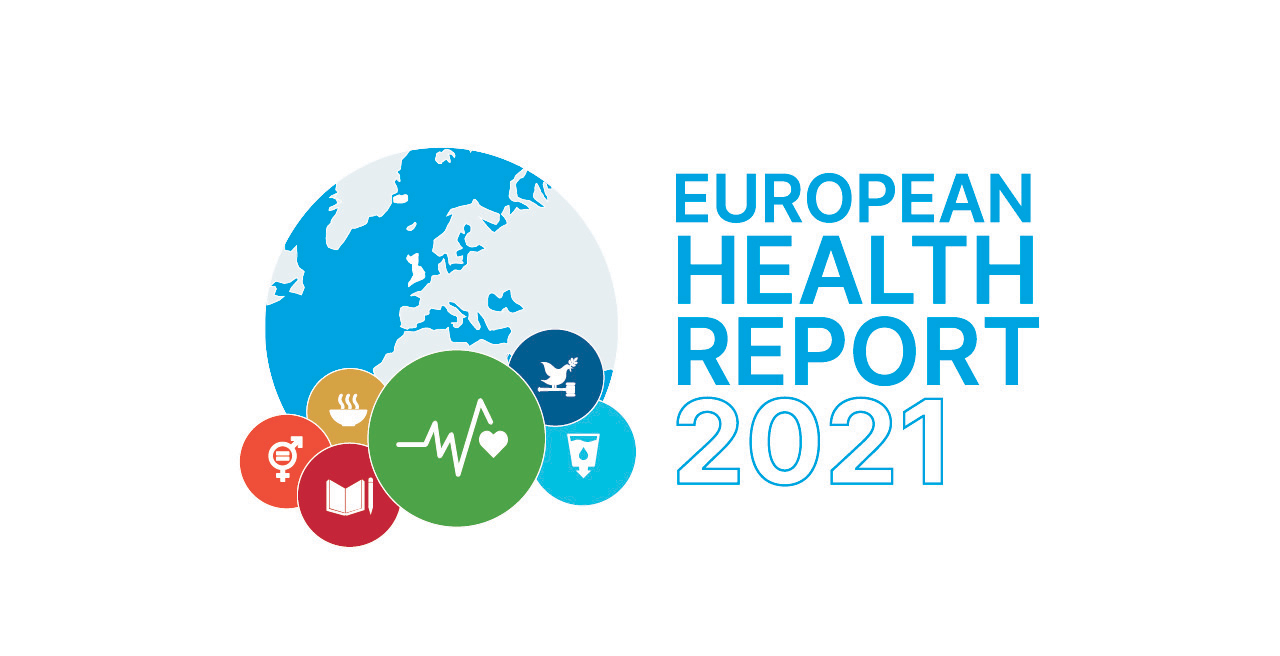Mpox (monkeypox)
Mpox disease is caused by a virus of the same name and is a member of the Orthopoxvirus genus in the family Poxviridae.
It was first identified in Denmark in 1958, when an outbreak of a pox-like disease broke out in a colony of macaques
being kept for research, and identified in humans in 1970. It has since circulated increasingly in human populations in endemic areas of Central and West Africa.
In these areas, infection spreads between wild animal species and humans.
The exact animal reservoir of infection remains unknown, although various animal species are known to be susceptible to the virus, including a range of rodents and primates.
Normally, mpox is not easily transmitted between people
as it requires very close physical contact to allow the virus to be able to enter the body.
There are two distinct types of mpox: the Congo Basin (Central African) clade, which can potentially cause more serious disease, and the
West African clade, which tends to cause milder disease.
The disease is usually self-limiting, with most of those infected recovering within a few weeks without the need for treatment. However, the disease can be more severe, especially
in young children, pregnant women, and individuals who are immunocompromised.
An atypical outbreak of mpox was declared in the WHO European Region in May 2022, following reports of a number of cases across several Member States not linked to countries where the disease is endemic. The outbreak widened globally, prompting the IHR Emergency Committee on mpox to recommend that WHO declare it a Public Health Emergency of International Concern in July 2022.
Less than a year later, in May 2023, noting significant progress having been made in controlling the outbreak globally, including the WHO European Region, the IHR Emergency Committee recommended that the PHEIC status be removed, and the WHO Director-General accepted that recommendation, warning though that complacency was dangerous, urging governments, health authorities and impacted communities to remain vigilant.
All the cases detected so far in this outbreak have been identified as the milder West African clade.The patients initially presenting with mpox have mainly, but not exclusively, been identified among men who have sex with men (MSM) seeking care in sexual health clinics. However, it is important to note that anyone who has close contact with someone who is infectious can catch mpox, regardless of their sexual orientation. It is wrong to stigmatize anyone.
While everyone can catch mpox, not everyone is at equal risk. People who closely interact with someone who is infectious, including through sexual contact, are at greater risk for infection; particularly sexual partners, but also, potentially, household members and health workers.
European Member States affected by mpox have initiated public health investigations to better understand the situation, including launching studies into the disease epidemiology and virus characteristics. Countries are also implementing control measures, such as case finding and contact tracing, as well as providing supportive care for patients. Importantly, they are communicating risks about mpox and advice on how to avoid infection, engaging with community actors to ensure that those most likely to be affected take informed decisions to protect their health.
WHO is facilitating information sharing to support investigations into the Region’s mpox outbreak. It is also developing guidance for authorities on how to protect frontline workers who may be at risk, as well as developing and sharing technical recommendations on other aspects of the disease. This includes how to communicate risks, taking into account the perceptions and behaviours of diverse population groups.









